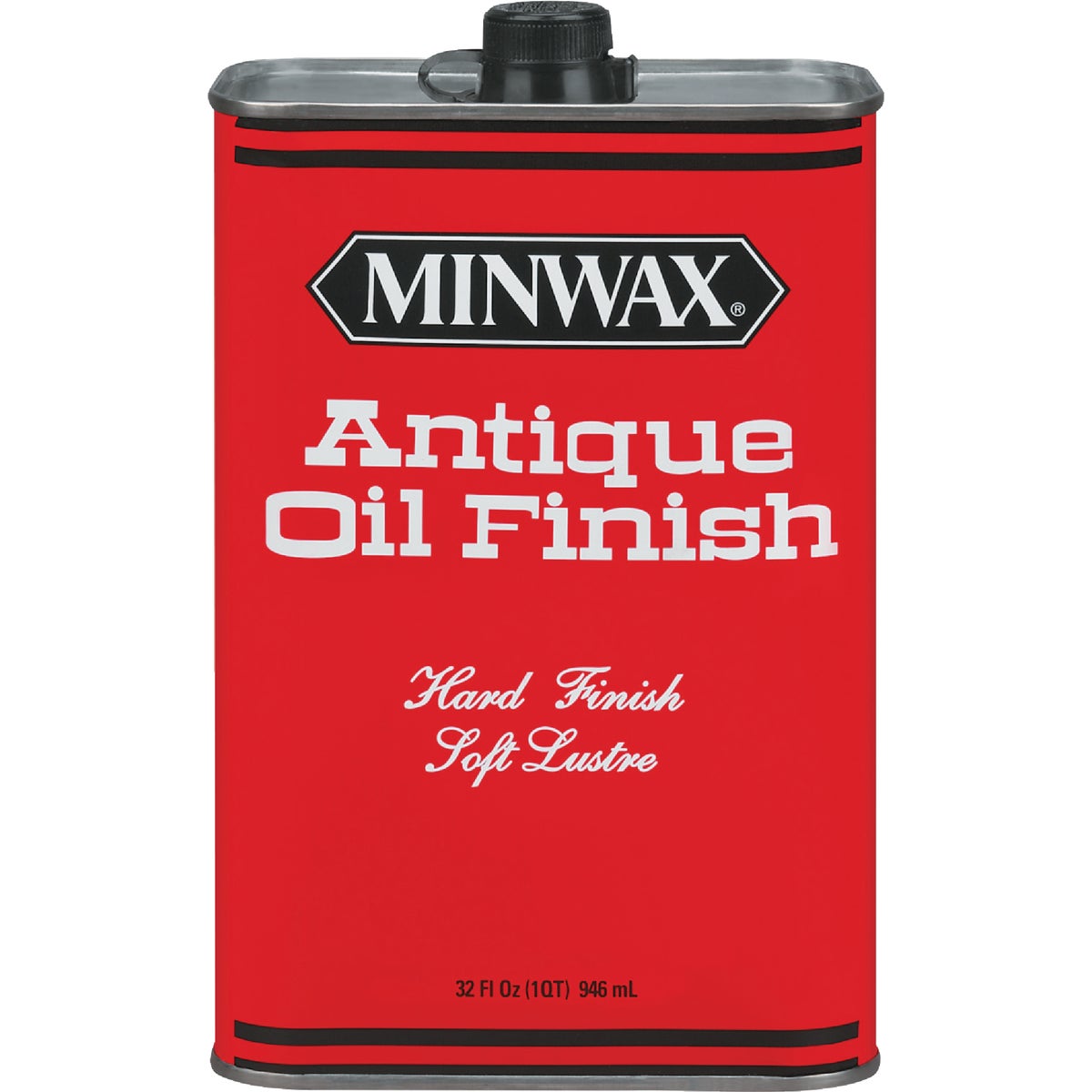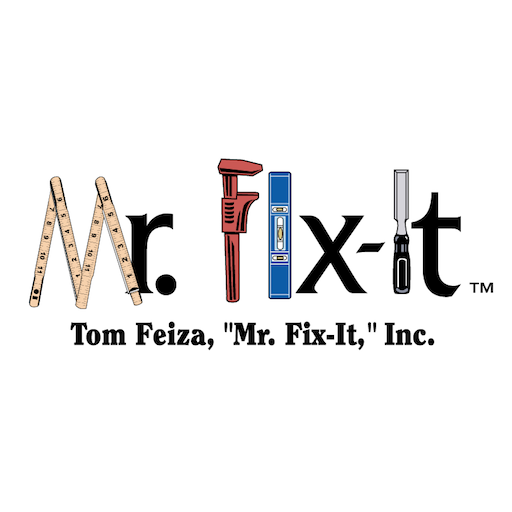QUESTION:
I own a house that was built about 8 years ago. Recently, I was using alcohol to clean off some greasy spots on the oak cabinet veneer sides and solid-wood door near the stove, and apparently the alcohol was strong enough to remove some of the clear-coat top finish. I don’t understand why, because I thought alcohol would not remove lacquer or polyurethane finishes. I was guessing that the top coat finish could be either lacquer or polyurethane. What kind of top coat finish can I use to touch-up the top coat that blends in with the surrounding finish?
ANSWER:
Most of the clear finishes used in modern construction and shop-made cabinets are a spray lacquer that should not be affected by alcohol. Lacquer is used because it is a durable finish and dries quickly. Either your finish is shellac, or somehow compromised.

You can’t use a urethane or polyurethane because it will not bond to the existing finish. If you can confirm that the finish is lacquer, you could use a lacquer, but application is an issue and almost impossible for homeowners. We just can’t spray the lacquer.
With the wipe-on oil, make sure the surface is very clean, then wipe on a thin coat with a rag dampened in the finish. It will be a thin coat that will dry quickly. Add additional coats to increase the gloss.
As with any finish, test a small area first. With a little luck and an artist’s flair, you can just touch up the affected areas or the panel without working on the complete cabinet.

